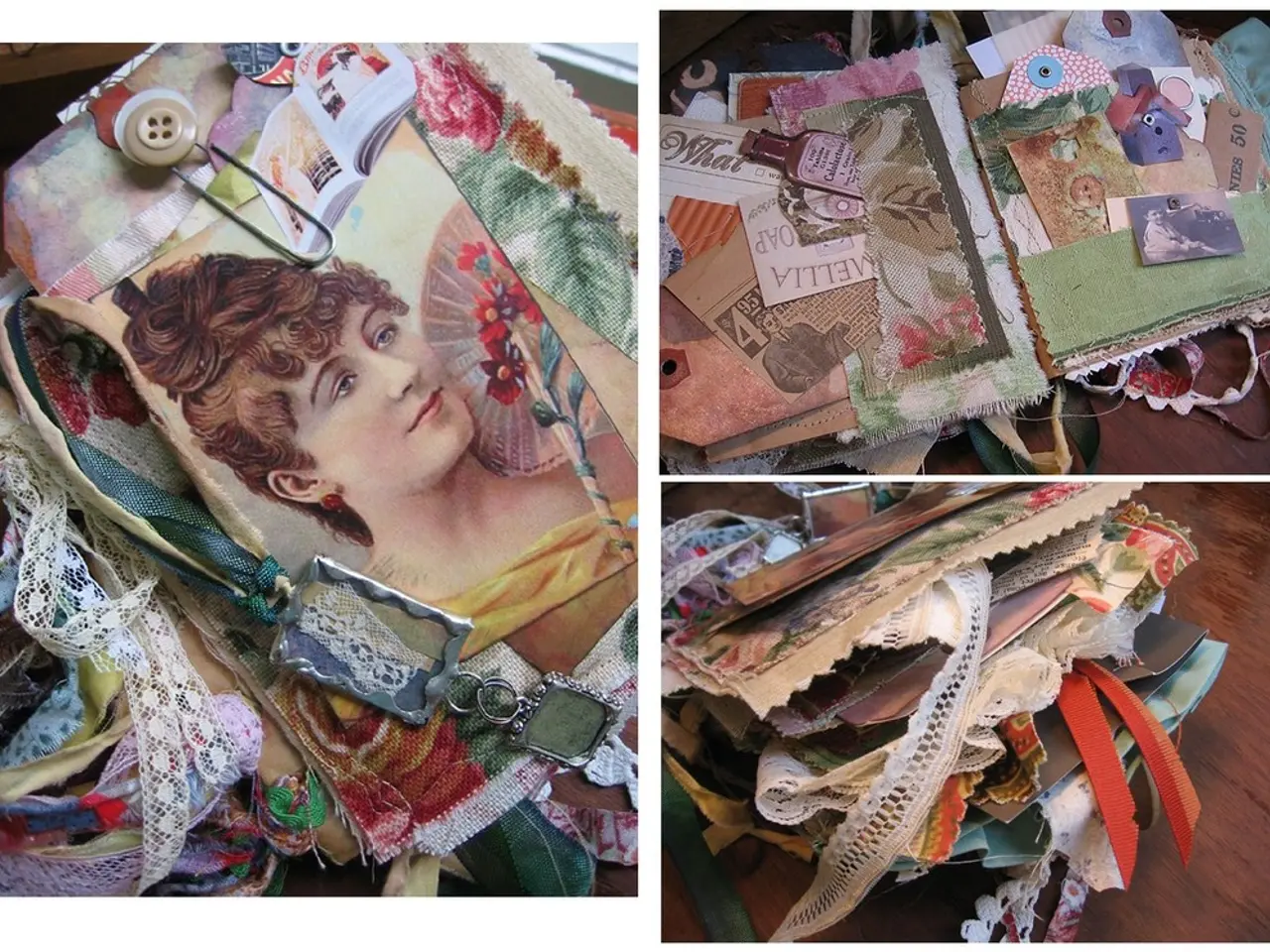User Interface and User Experience (UI/UX) Design Case Studies: Simplify Your Presentations Effortlessly Following Freytag's Pyramid Method
In the realm of UX/UI design, storytelling is not just an art but a necessity. One effective tool for structuring these narratives is Gustav Freytag's Pyramid, a narrative structure model that has its roots in the study of Greek and Shakespearean tragedies.
The Pyramid consists of five parts: Exposition, Rising Action, Climax, Falling Action, and Resolution. This structure, when applied to UX/UI design case studies, can help create a compelling, easy-to-follow narrative that engages readers by showing the progression and resolution of design problems in a structured, storytelling format.
Exposition
The exposition sets the stage for the design journey. It introduces the project context, goals, target users, and initial conditions. Here, we present the project's main problems or challenges, along with the motivation behind the inciting incident.
Rising Action
As we delve deeper into the story, we describe the challenges faced, the research insights gathered, and the design exploration process. This is where we take you through our user tests, summarizing the key feedback we received from users.
Climax
The climactic moments of our design journey are the peak of the pyramid. They highlight our problem-solving abilities, showcasing the key design solution or breakthrough that resolves the challenge.
Falling Action
After the main solution, we explain the implementation details, iterations, and adjustments made to ensure the design is user-friendly and meets the project's goals.
Resolution
The resolution is the conclusion of the story, where all loose ends are tied up. We present the final outcomes, validation results, and reflections or lessons learned. This includes specific business outcomes, such as the number of people who have downloaded an app and how they have rated it on the app stores, or an increase in a site's conversion rate.
By applying Freytag's Pyramid to UX/UI design case studies, we can transform these technical narratives into engaging, memorable stories. For a more in-depth understanding of the Pyramid, we recommend learning from Don Norman in the course "Design for the 21st Century with Don Norman".
To create a portfolio that gets you hired, consider taking a course like "Build a Standout UX/UI Portfolio: Land Your Dream Job". Remember, a great UX case study should show how you overcome constraints and challenges to produce your results, even if the results are not always amazing.
Present your photos, screenshots, and sketches of UX deliverables to support the story, as visuals are key to making technical processes relatable. And finally, don't forget to include your personal takeaway points, such as how you felt about your end product, what you have learned, possible reasons for a project not being as successful as expected, and follow-up actions you'd take given that design is an iterative process.
In the words of Stephen Gay, UX Design Lead for Google One, "I look for storytelling in a portfolio." By structuring our case studies using Freytag's Pyramid, we can ensure our stories are not just informative but also engaging, relatable, and memorable.
- User research and design thinking played a significant role in the exposition of our design journey, providing insights into the project context, goals, target users, and initial conditions.
- During the rising action, we engaged in ui design and ux research, interacting with users to gather feedback and explore possible solutions for design challenges.
- The climax of our project was marked by a breakthrough in interaction design, resulting in a user-centric solution that effectively resolved the design problem at hand.
- Following the implementation of the key design solution, we embarked on a process of education-and-self-development, refining our product through iterations and adjustments to ensure a user-friendly experience.
- In the resolution, we observed a positive response from users, as reflected in positive app store ratings and an increased site conversion rate, demonstrating the success of our design solution in enhancing overall user experience and aligning with lifestyle and technology trends.




